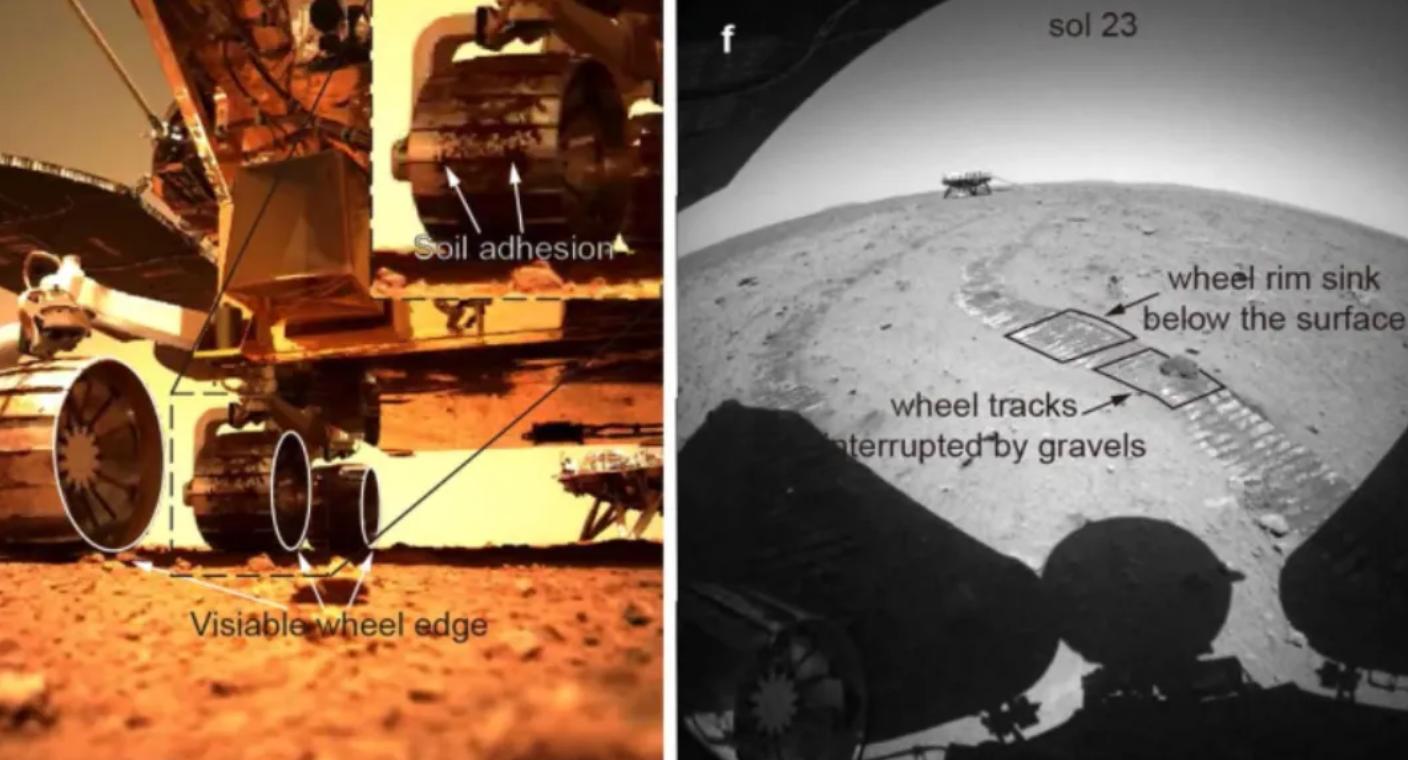Beijing, March 11 (EFE). The land where the Chinese Zhurong explorer landed has been eroded by water and wind, according to a study published this week in Nature Geoscience and echoed by Xinhua today.
The study is based on information Zhurong collected during the first 60 days of Mars, during which he traveled about 450 meters.
-ad-
The scientists, led by Harbin Institute of Technology (Northeast) researcher Ding Liang, studied images of Martian rocks provided by Zurong, which showed “high resistance and cohesion,” which would be evidence of wind erosion.
Thanks to the rover images, scientists have identified features on the neighboring planet’s surface such as mountain ridges and eroded craters that may have been caused by “long winds”.
In addition, according to the study, the researchers found some textures in the rocks that show signs of ‘reaction with salt water’.
-ad-
Zurong began his exploration of the red planet on May 15 last year in Utopia Planetia, a plateau in the Northern Hemisphere with a diameter of more than 3,500 km.
Utopia Planetia, according to some experts, is a volcanic region whose surface is about 3 billion years old and may contain liquid water or ice for some time.
Zhurong’s findings may provide new information about the history of Mars’ surface and the evolution of the northern hemisphere plains, according to scientists.
-ad-
Zhurong is part of the Tianwen-1 mission, which also includes an orbiter and a landing module.
The orbiter has an estimated life of one Martian year, or 687 Earth days.
Tianwen-1 is China’s first exploration mission to Mars and aims to find more evidence of water or ice on the planet, as well as conduct research on the physical composition of its surface or characteristics of its climate.

“Problem solver. Proud twitter specialist. Travel aficionado. Introvert. Coffee trailblazer. Professional zombie ninja. Extreme gamer.”




More Stories
With a surprise in the case: a strange cell phone from Nokia was introduced
PlayStation Stars: what it is, how it works and what it offers to its users | Sony | video games | tdex | revtli | the answers
t3n – Digital Pioneers | digital business magazine